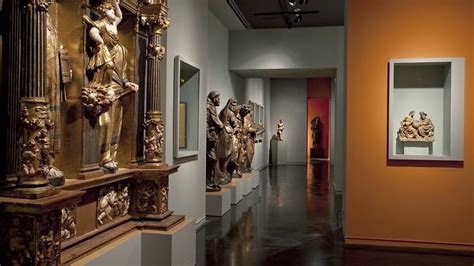Donatello’s David stands as a landmark in Renaissance art, showcasing the artist’s pioneering mastery of bronze sculpture. This iconic piece not only highlights the technical brilliance of Donatello but also reflects the cultural and artistic innovations of the 15th century. As one of the first freestanding nude statues since antiquity, David represents a bold departure from the medieval tradition, embracing the humanist ideals of the Renaissance. By choosing bronze as his medium, Donatello pushed the boundaries of sculptural expression, capturing intricate details and dynamic forms. This article delves into the significance of David, exploring how Donatello’s innovative techniques and thematic choices contributed to its enduring legacy in the world of art.
Delve into this topic with gamesfats.com for a comprehensive understanding.
1. Why Donatello’s David is Significant
Donatello’s David holds immense significance as a groundbreaking work of art in the Renaissance era, marking a pivotal shift in artistic expression and technique. As the first freestanding nude statue since antiquity, it signified a renewed interest in classical ideals and the human form, breaking away from the constraints of medieval art that favored religious and symbolic representations over realism and individuality. This sculpture encapsulates the humanist philosophy of the Renaissance, emphasizing the beauty and potential of human beings.
David is also significant for its depiction of the biblical hero in a youthful, contemplative pose, contrary to the traditional portrayals of David as a powerful warrior. This choice reflects a deeper psychological complexity, capturing a moment of introspection and triumph. Furthermore, Donatello’s use of bronze allowed for unprecedented detail and expression, enhancing the lifelike quality of the figure. Through these elements, David became a symbol of Florence’s civic pride and artistic innovation, influencing generations of artists and sculptors.
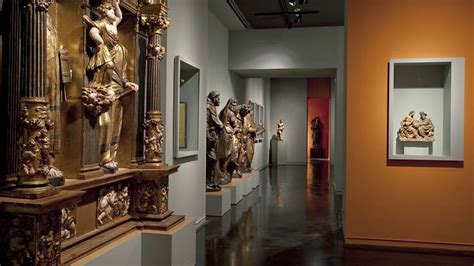
2. Why Bronze as a Medium
Donatello’s choice of bronze as the medium for David was both innovative and strategic, enabling a level of detail and dynamism that was unparalleled in his time. Bronze, a metal alloy composed primarily of copper and tin, was prized for its strength, durability, and ability to capture intricate details. Unlike marble, which was more commonly used for sculptures, bronze allowed for more complex and delicate forms, giving artists greater flexibility in their work.
By using the lost-wax casting technique, Donatello could create a statue that was not only lifelike but also capable of standing freely, without the need for external supports. This technique involved creating a wax model of the sculpture, encasing it in a mold, and then melting the wax away to leave a hollow cavity. Molten bronze was then poured into the cavity, forming a detailed, hollow sculpture.
Bronze’s ability to convey texture and expression added to the realism and emotional depth of David, capturing subtleties in the figure’s pose and facial expression. This choice of medium not only demonstrated Donatello’s technical mastery but also set a precedent for future Renaissance artists, who sought to convey both movement and emotion in their work.
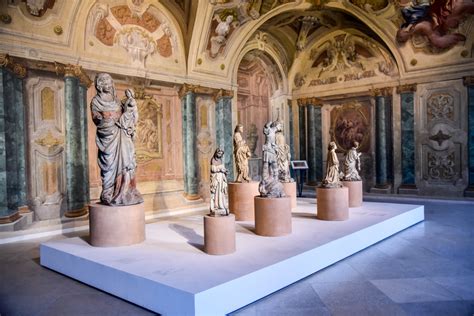
3. Why David as a Subject
The choice of David as the subject for Donatello’s sculpture was deeply symbolic, resonating with both religious and civic themes important to the Renaissance. David, the biblical hero who defeated the giant Goliath with nothing but a sling and a stone, represented the triumph of intellect and faith over brute strength. This narrative was particularly meaningful in the context of Florence, a city-state that saw itself as a cultural and intellectual leader in Italy, often likened to David standing against larger powers.
Donatello’s David stands apart from traditional depictions by presenting the hero not as a mature, powerful warrior but as a young, contemplative figure. This choice emphasizes David’s wisdom and divine favor rather than sheer physical prowess, aligning with Renaissance ideals of humanism that celebrated the potential of the individual.
Moreover, the sculpture’s nudity harkens back to classical antiquity, symbolizing purity and moral virtue. By choosing David as his subject, Donatello was able to blend religious themes with the humanist values of the Renaissance, creating a work that celebrated both divine intervention and human achievement.
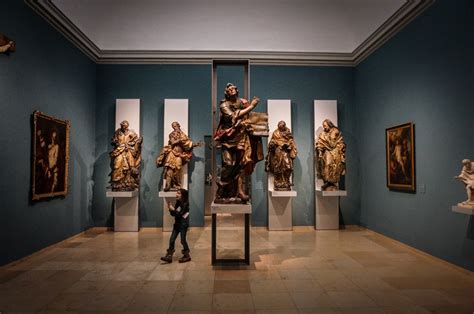
4. How Donatello Crafted David
Donatello’s craftsmanship in creating David was a remarkable demonstration of both artistic skill and innovative technique. He employed the lost-wax casting method, which allowed for the creation of detailed and dynamic bronze sculptures. This process began with a full-sized model made of clay, onto which he applied layers of wax to capture fine details. Donatello’s meticulous attention to detail is evident in the realistic anatomy and intricate textures of the sculpture, from the curls in David’s hair to the tension in his muscles.
Once the wax model was complete, it was encased in a mold made from a heat-resistant material. The mold was heated to melt and drain away the wax, leaving a hollow cavity in its place. Molten bronze was then poured into this cavity, filling the space and taking on the intricate details originally sculpted in wax. After the bronze cooled and solidified, the mold was broken away to reveal the finished sculpture, which Donatello then refined and polished to enhance its lifelike qualities.
Donatello’s mastery extended beyond technical prowess; he imbued David with a sense of psychological complexity and naturalism that was groundbreaking. The relaxed contrapposto stance, where the weight of the body is shifted onto one leg, added a sense of movement and realism to the figure. This innovative approach to bronze sculpture set new standards for the portrayal of the human form in art.

5. How Donatello Innovated with Bronze
Donatello’s innovations with bronze in his sculpture of David marked a transformative moment in Renaissance art, as he pushed the boundaries of what was possible with this medium. By using the lost-wax casting technique, Donatello achieved a level of detail and dynamism that was revolutionary. This process allowed for the creation of a freestanding figure with no need for external supports, which was unprecedented for a bronze statue of this size and complexity.
One of Donatello’s key innovations was his ability to capture subtle textures and intricate details in bronze, giving the sculpture a lifelike quality. The naturalistic depiction of David, from the curls of his hair to the delicate contours of his musculature, demonstrated a new level of realism. Additionally, Donatello’s use of bronze allowed him to experiment with the play of light and shadow on the sculpture’s surface, enhancing its expressive impact. These innovations not only showcased Donatello’s technical mastery but also set new standards for future artists working with bronze.

6. How the Sculpture Reflects Donatello’s Mastery
Donatello’s David is a testament to his mastery of both form and expression, reflecting his profound understanding of human anatomy and emotional depth. The sculpture’s lifelike quality and attention to detail demonstrate Donatello’s exceptional skill in rendering the human body. From the relaxed contrapposto stance to the nuanced facial expression, every aspect of the statue conveys a sense of realism and introspection that was groundbreaking for its time.
Donatello’s ability to capture psychological complexity in David is a hallmark of his artistic mastery. The figure’s contemplative gaze and serene demeanor suggest a moment of quiet triumph, emphasizing David’s inner strength rather than physical prowess. This subtle yet powerful portrayal aligns with Renaissance ideals of humanism, celebrating the potential of the individual.
Moreover, Donatello’s innovative use of bronze allowed him to explore new artistic possibilities, such as capturing delicate textures and intricate details that enhanced the sculpture’s lifelike appearance. The interplay of light and shadow on the bronze surface further adds to the sculpture’s expressiveness, showcasing Donatello’s ability to imbue metal with a sense of vitality and emotion. Through David, Donatello redefined the standards of sculpture, leaving a lasting legacy in the world of art.
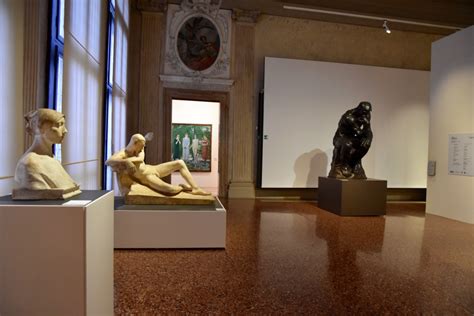
7. What Makes Donatello’s David Unique
Donatello’s David is unique for several reasons that distinguish it from other sculptures of its time and contribute to its enduring significance. First, the sculpture is celebrated for being one of the first freestanding bronze nudes since antiquity, marking a dramatic departure from the medieval tradition of representing biblical figures in a more abstract or stylized manner. This innovation reflects Donatello’s embrace of classical ideals and his commitment to realism and humanism.
The choice of subject—David in a contemplative, almost nonchalant pose—adds to the sculpture’s uniqueness. Unlike previous depictions of David as a heroic, muscular figure, Donatello presents him as a youthful, introspective character, capturing a moment of quiet reflection rather than overt victory. This approach emphasizes the psychological and spiritual dimensions of the character, aligning with Renaissance values that celebrated individual potential and inner strength.
Additionally, Donatello’s use of bronze allowed for intricate detailing and a dynamic interplay of light and shadow, enhancing the sculpture’s lifelike quality and expressive impact. The combination of these elements—innovative use of medium, realistic portrayal, and psychological depth—makes Donatello’s David a pioneering work that set new standards in art and continues to captivate viewers with its unique blend of beauty and insight.
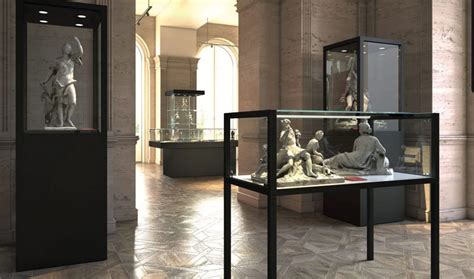
8. What Impact the Sculpture Had
Donatello’s David had a profound impact on the art world, influencing both contemporary and future generations of artists. Its groundbreaking approach to bronze sculpture and the portrayal of the human form set new standards in Renaissance art. By presenting a freestanding nude figure with a realistic stance and intricate details, Donatello challenged traditional norms and expanded the possibilities of sculptural expression.
The sculpture also had significant cultural and political implications. In Florence, David became a symbol of the city’s civic pride and its values of resilience and intellectual prowess. It embodied the Renaissance ideals of humanism and individual potential, resonating with the cultural shifts of the time.
Furthermore, Donatello’s innovative techniques inspired future artists to explore new methods and materials, advancing the development of sculpture. The emotional depth and naturalism of David encouraged subsequent generations to focus on realistic portrayals and psychological complexity, cementing its status as a transformative work in the history of art.
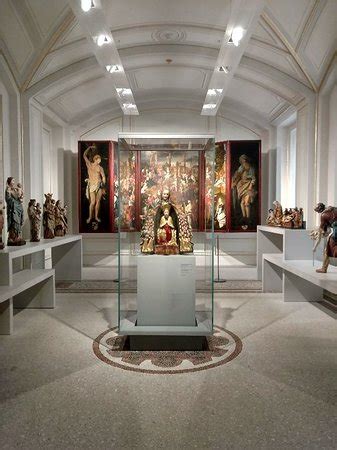
9. What Historical Events Surrounded Its Creation
The creation of Donatello’s David was set against a backdrop of significant historical events and cultural shifts in 15th-century Florence. The sculpture was commissioned by the Medici family, powerful patrons of the arts, around 1440, during a period of political and social transformation in the city. The Medici’s support of the arts was part of their broader strategy to assert their influence and prestige, aligning with the city’s growing prominence as a center of Renaissance culture.
Florence was experiencing a renaissance of its own, marked by a revival of classical ideals and a burgeoning interest in humanism. This cultural climate fostered artistic experimentation and innovation. The defeat of the giant Goliath by the youthful David was a potent symbol of Florence’s own struggles and triumphs, as the city saw itself as a David standing against larger, more powerful forces.
Donatello’s David emerged as a symbol of this spirit, reflecting the city’s values and the Medici’s aspirations. The sculpture’s creation was thus intertwined with the cultural and political dynamics of its time, reinforcing its significance as a historical and artistic landmark.
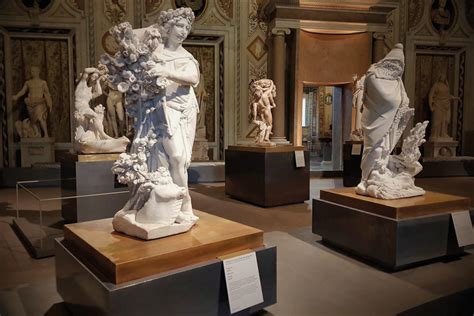
10. What the Legacy of Donatello’s David Is
The legacy of Donatello’s David is both profound and enduring, establishing a new benchmark in the history of sculpture and influencing countless artists and movements. As a pioneering work of Renaissance art, David played a crucial role in the transition from medieval to modern artistic conventions. Its innovative use of bronze and realistic portrayal of the human form set a precedent for future sculptors, showcasing how technical mastery and artistic expression could intertwine to create powerful, lifelike representations.
The sculpture also cemented its place as a symbol of individual potential and civic pride, reflecting the Renaissance ideals of humanism and intellectual achievement. Its impact extended beyond its immediate historical context, inspiring artists of the Renaissance and beyond to explore new materials, techniques, and themes in their work.
In art history, David is celebrated not only for its aesthetic beauty but also for its role in advancing the narrative of sculpture. Its legacy endures as a touchstone of artistic innovation and a testament to Donatello’s exceptional skill, continuing to captivate and inspire audiences and artists around the world.
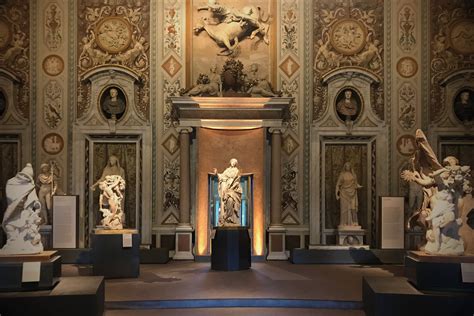
Donatello’s David stands as a transformative work in Renaissance art, showcasing groundbreaking techniques and a profound understanding of human form and emotion. Its innovative use of bronze, realistic portrayal, and symbolic depth have left an enduring legacy, inspiring generations and redefining the boundaries of sculpture.
gamesfats.com
